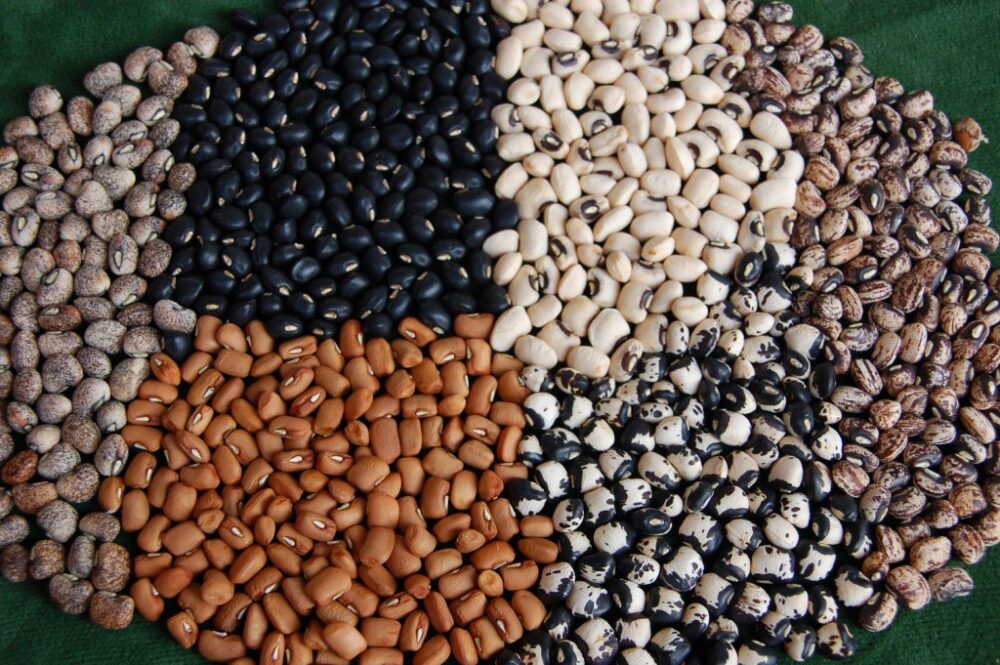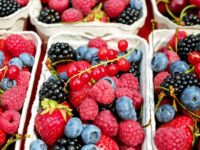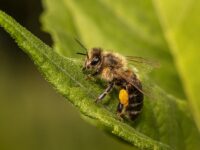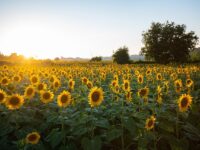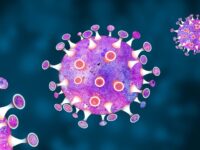When considering endangered species, people often think of animals like the white rhino, polar bear, or dodo bird. What people often fail to consider is the fact that plants can be equally as susceptible to being endangered or going extinct, often from human impacts.
Plants are just as vulnerable as animal species to the impacts of climate change, drought, changing land use, and disease. It is estimated that 65 species or varieties of plants have gone extinct in North America in recent years, not including the dozens of others that are unaccounted for. Direct or indirect human alteration of the landscape disrupts many plant species, especially native or highly localized species. Many research centers and international agencies around the world aim to prevent extinction and protect rare, important species through seed banks.
It is estimated that 65 species or varieties of plants have gone extinct in North America in recent years, not including the dozens of others that are unaccounted for.
Seed banks are repositories for seeds and biomass of thousands of plant species. Their goal is to preserve many individuals of a species to capture a wide range of genetic diversity within that species. This is particularly important for vital crop species like corn, sugar, and wheat. Preserving genetic diversity allows scientists to, for instance, introduce new genes to existing crops that have limited genetic diversity. In the event of a disease or pest that current crops are not genetically resistant to, adding variations can improve the plant’s ability to resist them. This safeguards our ability to grow these vital crops for decades into the future.
Seed banks also prevent the extinction of thousands of other species. Many of these species have no importance other than being a part of a complex, native ecosystem. However, these plants could potentially hold clues to future medical breakthroughs or countless other unforeseen benefits to humanity. This is one of the reasons seed banks were created: to preserve materials for the sake of the future, not only because they are useful now.
Preserving genetic diversity allows scientists to, for instance, introduce new genes to existing crops that have limited genetic diversity.
Some seed banks operate like typical banks; countries, individuals, or research groups can deposit seeds for catalogue and safekeeping. In return, those seeds can be used internationally by anyone for research purposes. Other seed banks — like the Svalbard Global Seed Vault, also known as the Doomsday Vault — are purely intended to protect seed deposits in the event of natural disaster, catastrophic climate change, atomic war, and more. At the Doomsday Vault, seeds cannot be withdrawn and no single person has all the codes to be able to access the vault. Many smaller seed banks are intended to capture more local species, which are not stored in larger, international banks.
In order to protect seeds for a long period of time, they must be stored correctly. Seeds are harvested from plants when ripe, then dried to prevent molding or growth. They are stored at low temperatures of around -20 degrees Celsius and at most 20 percent humidity. Under these conditions, plant material is inactive and can be “reanimated” 20 or more years later. They are not replantable forever, however, so the seeds’ viabilities are monitored regularly. When they are nearing the end of their viability, the seeds are planted so that fresh seeds can be harvested and stored.
These institutions are looking far into the future, attempting to preserve vital resources so they are available for future generations to eat, to research, and to stop and smell the roses.
Some plants, like bananas, do not produce seeds or their seeds cannot be preserved in this way. These types of plants are preserved by cryogenically freezing the entire fruit to preserve tissues in the exact state they were when they were alive. This method is more difficult and expensive to employ than typical storage methods because of the increased space and lower temperatures, so it is typically only employed when necessary.
There are more than 1,400 seed banks throughout the world. While there is overlap, each one preserves a unique and important part of the world. These institutions are looking far into the future, attempting to preserve vital resources so they are available for future generations to eat, to research, and to stop and smell the roses.
Sources: 1 // 2 // 3 // 4 // 5 // 6 // 7
Image Source: Flickr
